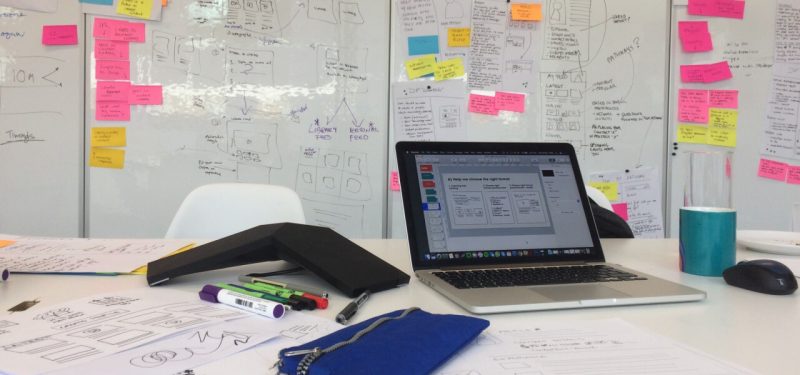Before launching a new product or website, most developers or designers want to get as much real-life user feedback as possible to make sure potential customers have an optimal experience on their website or app. Ultimately, every designer wants the highest number of conversions and the lowest number of people leaving the site because they had a confusing experience. What good is getting to continuous delivery if people don't want your product in the first place?
But user testing can be expensive. It isn't unheard of for some user testing agencies to charge $15,000 to get qualitative feedback from a relatively small sample of users.
Very few companies or designers have that kind of budget. But with the right know-how and some little hacks along the way, you can get effective user testing done on a fraction of that budget. Here's how.
Know your sample size
Typical user testing allows you to pay per tester. While many people think they need dozens or even hundreds of people to test their website to get enough qualitative feedback to provide insight, you actually need only six people studying your website at one time.
That's enough to give in-depth feedback and enough insight to see where moments of delight and shortcomings occur when people are using your website or app.
Know your 'red routes'
The London Underground has dozens of different train routes, but the most important ones are marked in red. Similarly, in web or app design, the most important or common actions that are the most crucial on your website are considered "red routes." These can be areas such as signup, checkout, onboarding, etc.
While ultimately you want people testing every aspect of your website, if you are on a budget, distinguishing between the red routes and the lesser-seen parts of your site can be extremely valuable when determining what you want to test with users.
Time is money: Keep tests under 15 minutes
Sometimes user testing videos can be up to 45 minutes each, providing an overview of people testing every single aspect of your website. Watching 10 full user-testing videos would take a full workday.
Realistically, after a few videos, it starts to become clear what's working well or where people get confused and the design needs attention. Scope your user tests to very specific matters, and get to those key portions within the session.
Go remote to save money
Having real-life testers come to your office so you can watch them go through your website in person is nice, but it's very expensive. Also, if you decide to go international, it's impractical to fly folks in from the other side of the world to test in person.
Today, remote usability testing services mean you can get good, in-depth usability testing for about $20 per person. Leverage it to your advantage.
Test, iterate, repeat
After you have done your initial round of testing, gotten your feedback, and made changes, you will most likely want to do a fresh round of testing to test the new changes before you ultimately go live.
User testing in groups of six is effective because that's enough feedback to warrant going back to the drawing board and making some changes. When it is clear that you can address the issues in the first round of six, take their insights, make adjustments based on them, and do a second round of retesting with just three or four people.
This allows you to validate that you've corrected the design issues from the first round. Go for another round, and validate whether those and whatever else you've found have been addressed.
No budget? Here's what you can do for free
If you are a solo entrepreneur building a simple five-page website on a platform such as Squarespace or Wix, even $200 can be a stretch. But after putting the time, effort, and expense into building a website, you still need to have your website fully tested by real people before it goes live.
Particularly if it is your first endeavor, you may not even notice the broken links, spelling mistakes, and broken images that will drive your potential customers away. Even sitting with (or virtually showing) a few friends or family members as they go through your website—and asking them to carry out specific actions or asking for their honest feedback—is essential if you want your website to be effective.
Effectiveness is what matters
Can you achieve effective user testing on a small tight budget? Absolutely. The key is to start with a small number of testers, iterate, and incorporate the changes needed.
Is this approach as comprehensive as what you'd get with a bigger budget? A better question might be to ask yourself what's good enough for your organization's needs and budget. Follow the steps above, and you'll be on your way to achieving effective, in-depth usability testing without breaking the bank.
Keep learning
Take a deep dive into the state of quality with TechBeacon's Guide. Plus: Download the free World Quality Report 2022-23.
Put performance engineering into practice with these top 10 performance engineering techniques that work.
Find to tools you need with TechBeacon's Buyer's Guide for Selecting Software Test Automation Tools.
Discover best practices for reducing software defects with TechBeacon's Guide.
- Take your testing career to the next level. TechBeacon's Careers Topic Center provides expert advice to prepare you for your next move.


